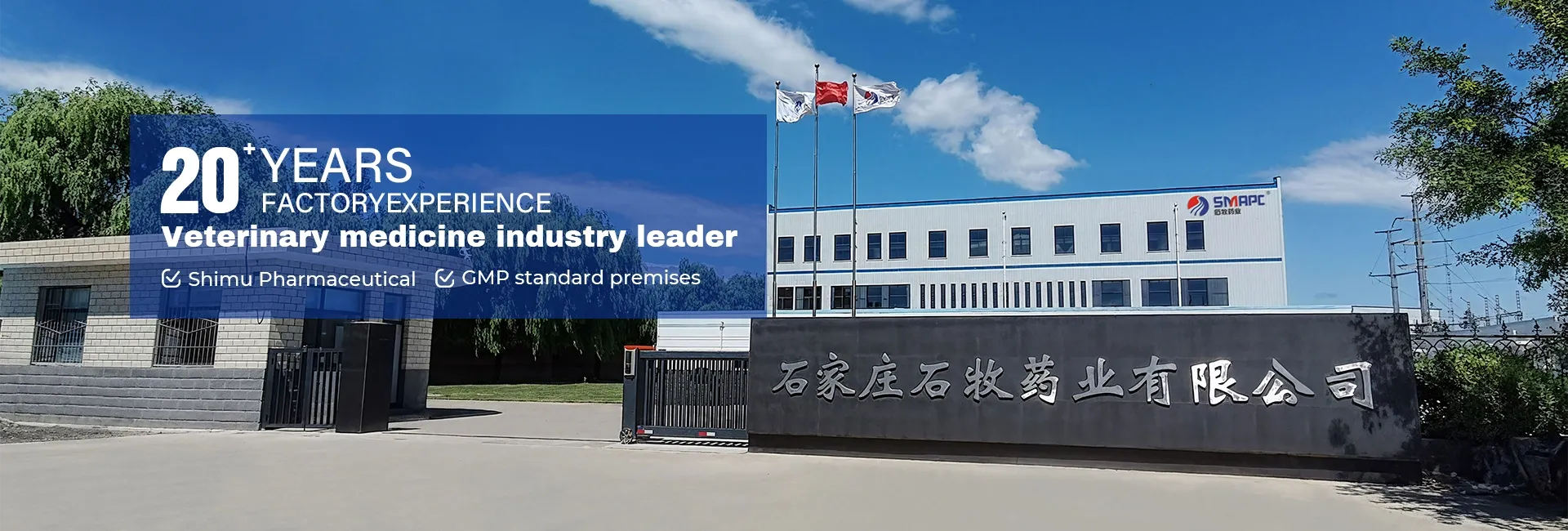4. Stress Factors Environmental factors such as changes in weather, overcrowding, or transportation can trigger stress-induced diarrhea.





